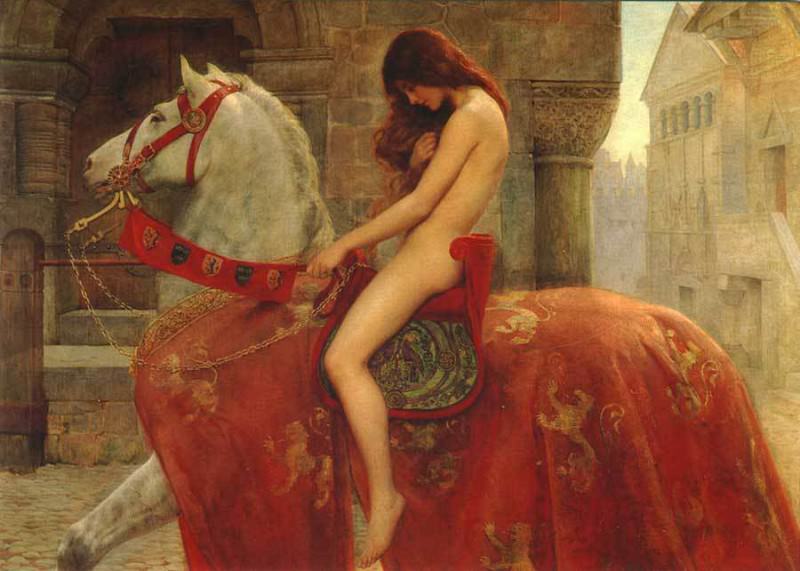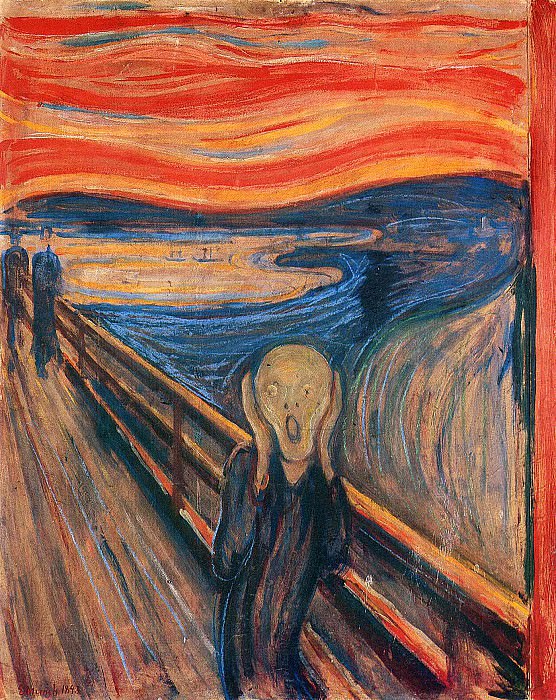John Bauer: A Master of Mythical Art
Early Life and Inspiration
John Bauer, born on June 4, 1882, in Jönköping, Sweden, is a name synonymous with the enchanting world of Swedish folklore and fairy tales. Growing up in a family that appreciated the arts, Bauer was exposed to the beauty of nature and the richness of Swedish mythology from a young age. His father, Joseph Bauer, was a successful businessman, and his mother, Emma, was an accomplished artist. This artistic environment laid the foundation for John's future endeavors in the world of art.
Bauer's fascination with mythology and the supernatural was evident early on. His family frequently visited the countryside, where young John would immerse himself in the natural landscapes that later became the backdrop for many of his illustrations. These early experiences with nature and folklore significantly influenced his artistic vision, setting the stage for his future career as a renowned illustrator.
Education and Artistic Development
John Bauer's formal art education began in 1898 when he enrolled at the Royal Swedish Academy of Fine Arts in Stockholm. Here, he was mentored by some of the most prominent artists of the time, including Carl Larsson and Anders Zorn. Bauer's education at the academy provided him with a solid foundation in traditional art techniques, but it was his unique style and imaginative vision that set him apart from his peers.
During his time at the academy, Bauer developed a deep appreciation for the Romantic and Symbolist movements. These artistic movements emphasized the importance of emotion, imagination, and the exploration of the human psyche, all of which resonated deeply with Bauer. His work began to reflect a blend of these influences, characterized by a delicate balance between realism and fantasy.
The Enchanting World of Fairy Tales
John Bauer's most significant contribution to the art world is undoubtedly his illustrations for the Swedish fairy tale anthology Among Gnomes and Trolls. First published in 1907, this annual collection of fairy tales featured Bauer's illustrations for many years, solidifying his reputation as a master of mythical art. His illustrations brought to life the enchanting and sometimes eerie world of Swedish folklore, captivating readers of all ages.
Bauer's illustrations are distinguished by their intricate details and ethereal quality. He had a remarkable ability to capture the essence of mythical creatures, imbuing them with a sense of realism and wonder. His trolls, gnomes, and fairies are depicted with an almost human-like quality, making them both relatable and otherworldly. Bauer's use of muted colors and soft lines further enhanced the dreamlike atmosphere of his illustrations, drawing viewers into a world of magic and mystery.
Techniques and Style
One of the defining features of John Bauer's art is his meticulous attention to detail. His illustrations are characterized by fine lines and delicate brushwork, which create a sense of depth and texture. Bauer often used a limited color palette, predominantly featuring earth tones and muted shades. This choice of colors not only reflected the natural landscapes that inspired him but also added to the mystical quality of his work.
Bauer's technique involved layering watercolor washes over ink drawings, a method that allowed him to achieve a soft, translucent effect. This layering technique gave his illustrations a luminous quality, making them appear as if they were glowing from within. Bauer's ability to create light and shadow with such precision added a sense of realism to his fantastical scenes, making them all the more captivating.
Themes and Motifs
The recurring themes and motifs in John Bauer's work reflect his deep connection to Swedish folklore and his fascination with the natural world. Forests, mountains, and lakes are common settings in his illustrations, often depicted as enchanted places where mythical creatures dwell. Bauer's trolls, in particular, are iconic figures in his art. These creatures, often portrayed as large and lumbering, are imbued with a sense of both menace and charm. They embody the dual nature of folklore, where the supernatural can be both benevolent and malevolent.
Another prominent motif in Bauer's work is the portrayal of strong, ethereal female figures. These characters, often depicted as princesses or forest maidens, exude a sense of grace and otherworldly beauty. Bauer's portrayal of these women is both delicate and powerful, reflecting the complexity of their roles in folklore. They are often seen as protectors of nature and guardians of ancient wisdom, embodying the mystical essence of the natural world.
Influence and Legacy
John Bauer's influence extends far beyond his own time. His work has inspired countless artists and illustrators, both in Sweden and around the world. The enchanting quality of his illustrations, combined with his technical skill, has left an indelible mark on the world of art. Bauer's ability to capture the magic of folklore and bring it to life on the page has made him a beloved figure in the realm of children's literature and beyond.
Bauer's legacy is also preserved through various exhibitions and collections. The Nationalmuseum in Stockholm, for instance, houses an extensive collection of his work, allowing visitors to experience the enchanting world he created. His illustrations continue to be reproduced in new editions of Among Gnomes and Trolls, ensuring that his magical vision remains accessible to new generations of readers.
Personal Life and Tragic End
Despite his professional success, John Bauer's personal life was marked by tragedy. In 1906, he married Ester Ellqvist, a fellow artist. Their relationship was characterized by a deep mutual admiration, but also by periods of tension and separation. The couple's only child, Bengt, was born in 1915, bringing joy to their lives.
Tragically, Bauer's life was cut short in 1918. He, along with his wife and son, perished in a shipwreck on Lake Vättern. This devastating loss shocked the art community and left a void in the world of illustration. Bauer's untimely death at the age of 36 meant that many of his artistic visions were left unrealized, adding a sense of poignancy to his legacy.
Rediscovery and Continued Relevance
In the years following his death, John Bauer's work experienced periods of both recognition and obscurity. However, the 20th and 21st centuries have seen a resurgence of interest in his art. Contemporary artists and scholars have rediscovered and re-evaluated his contributions, highlighting the timeless quality of his illustrations.
Bauer's work continues to be relevant today, not only for its artistic merit but also for its ability to evoke a sense of wonder and imagination. In an age dominated by technology and digital media, Bauer's illustrations offer a reminder of the enduring power of traditional art forms. His ability to transport viewers to a world of magic and mystery remains as captivating now as it was over a century ago.
Conclusion
John Bauer's art stands as a testament to the enduring appeal of folklore and the power of imagination. His ability to bring mythical creatures and enchanted landscapes to life has left an indelible mark on the world of illustration. Through his meticulous technique, ethereal style, and deep connection to nature, Bauer created a body of work that continues to inspire and enchant audiences around the world.
His legacy, preserved through his illustrations and celebrated in various exhibitions, ensures that his magical vision will continue to captivate future generations. John Bauer's art reminds us of the beauty and mystery that can be found in the natural world and the timeless stories that have been passed down through generations. In celebrating his work, we keep alive the spirit of wonder and imagination that he so masterfully captured in his illustrations.














